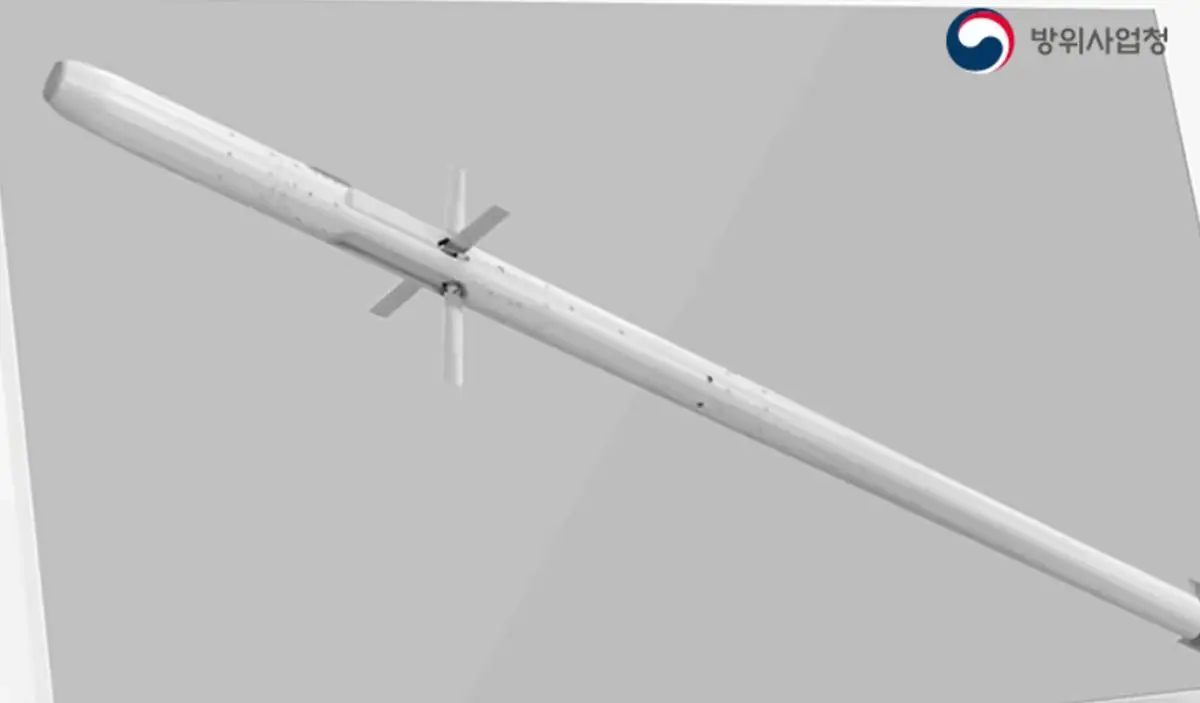The U.S. Department of Defense and South Korean defense company LIG Nex1 successfully tested the 2.75-inch guided missile Poniard as part of the Foreign Comparative Testing (FCT) program. During the tests, six missiles were launched from a Textron unmanned surface vessel, and all of them hit their targets.

A few years ago, the manufacturer of the Poniard and the missile itself, also known as K-LOGIR (Korean Low-cost Guided Missile), underwent testing under the FCT program. The goal of these exercises is to assess the technological capabilities of weapon systems from foreign defense companies that could potentially be adopted by the U.S. military.
The latest test during RIMPAC-2024 involved more complex scenarios developed by the navies of South Korea and the U.S. The exercises included unmanned detection, identification, tracking, targeting, and damage assessment, with the use of other naval and aerial platforms. Local TV channels aired footage stating that “maritime targets were sunk with successive shots, and even the debris was completely destroyed.”
The video shows a floating deck of the Textron unmanned surface vessel with a retractable rectangular turret on the stern, which rotates and tilts backward during the test. The Poniard missile was likely already loaded into the launcher at that moment. The footage also captured missiles hitting a small target. Later, LIG Nex1 noted that this was the first instance where South Korea and the U.S. used communication between unmanned systems and unmanned target detection throughout the entire process.
The manufacturer describes the Poniard as “guided weaponry capable of striking multiple enemy air-cushion landing craft of the LCAC class landing on the shore at high speeds.” The weapon is capable of “simultaneously tracking multiple targets and engaging them with several guided missiles.”
The combination of unmanned surface vessels with guided missiles could be used, for example, to strike North Korean landing ships attempting to transport troops to island targets in South Korea. It is expected that these missiles will be deployed on the Korean sea drone Sea Sword-3.

The missile features an infrared seeker with a “fire-and-forget” capability, allowing it to engage targets both day and night. This weapon has proven to be more cost-effective than the more expensive Hellfire air-to-ground missiles for targeting lightly armed threats. The American equivalent of the Poniard is the APKWS (Advanced Precision Kill Weapons System).
This event marks the completion of performance testing conducted by the U.S., with the Poniard becoming the first Korean guided missile system to reach this milestone. Following the successful tests, LIG Nex1 aims to secure a production contract with the U.S. However, there is still a long way to go, as this decision involves including the project in the budget, approval, allocation of funding, and so on.
Source: theaviationist








